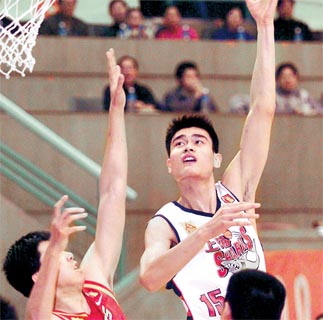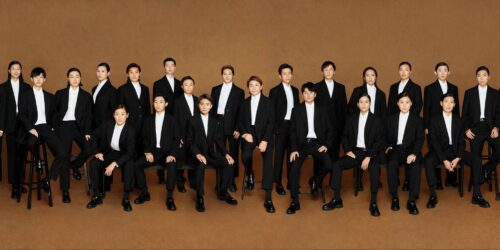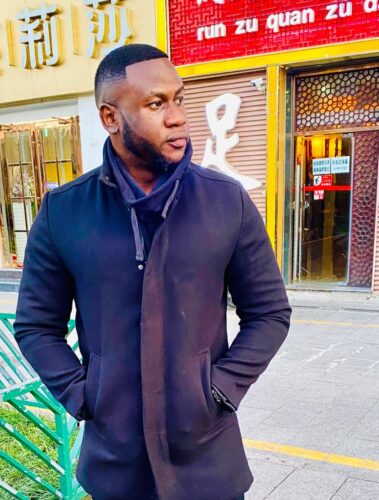What are China’s favorite sports? Is basketball or soccer No. 1?
Explaining how each of China's four most popular sports achieved its status.
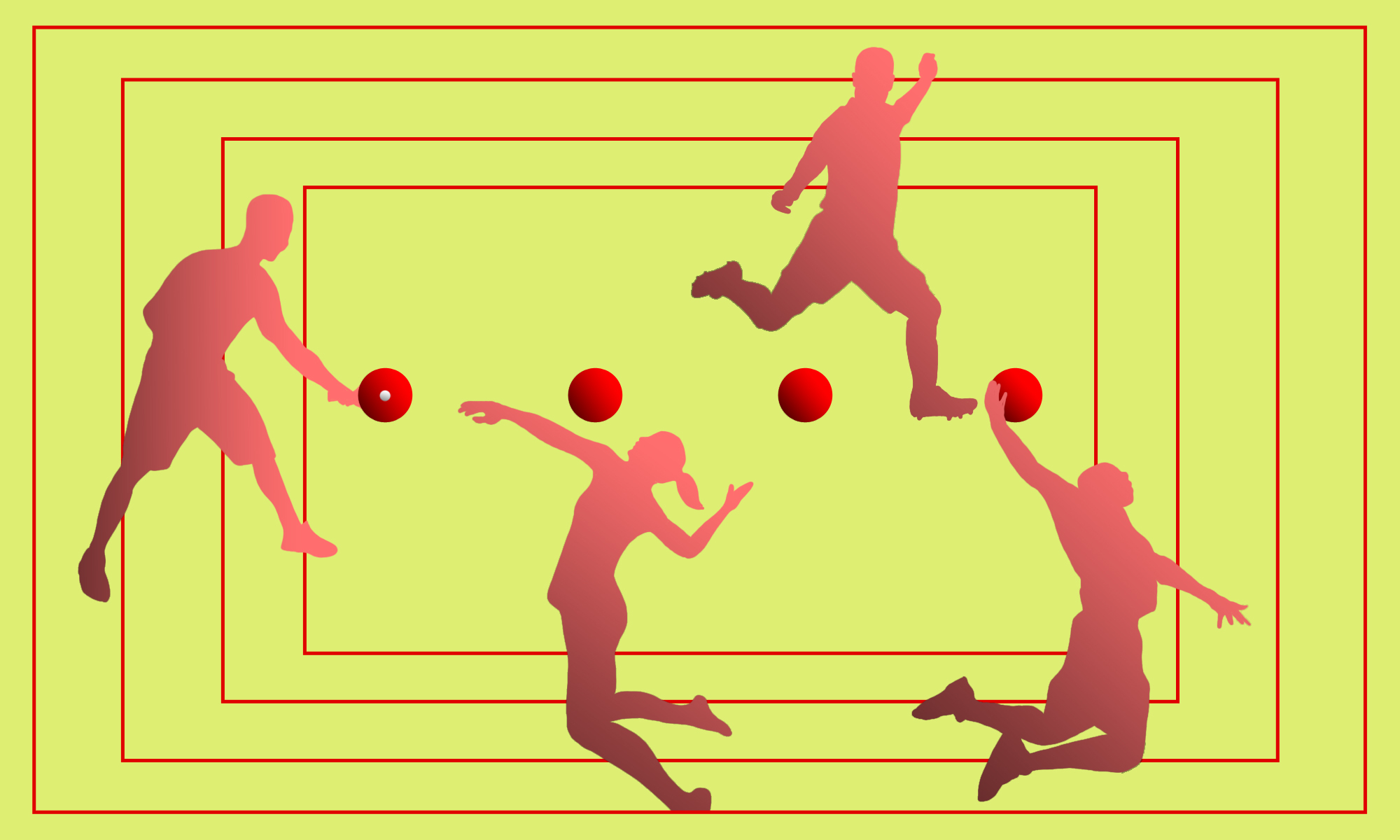
In recent years, China’s domestic sports market has bloomed. A burgeoning middle class endowed with increased leisure time and a growing awareness of fitness, as well as substantial investment and publicity campaigns from the central government, have primarily been responsible for the surge.
But what is China’s most beloved sport? The most-watched are soccer and basketball, while ping pong, often referred to as the “national ball game,” (国球 guóqiú), and volleyball, propelled to the forefront by the success of adored icon Láng Píng 郎平, are both wildly popular. As the country races to fulfill President Xí Jìnpíng’s 习近平 mission to become a “leading sports nation” (体育强国 tǐyù qiángguó) by 2050, these are the most widely followed and practiced sports in China today.
Let’s take a closer look at how each achieved its status.

Soccer (足球 zúqiú)

Despite the Chinese claim to have invented soccer by virtue of its resemblance to the ancient game of cùjū 蹴鞠, the sport was largely absent from the domestic scene throughout the modern era. However, soccer’s popularity surged dramatically beginning in the mid-2000s, and is now arguably the most closely followed sport in the country. Over the past decade, the Chinese Super League (CSL) — the nation’s leading professional soccer association — has swelled to attract the highest annual live attendance for sporting competitions in the country, as the league recorded a total of 5.8 million fans throughout the 2019 season.
Major international soccer organizations including the English Premier League and Europe’s UEFA Champions League have sought to capitalize on the vast potential of China’s market. According to a report by Mailman, professional football-related content received a staggering 5.7 billion impressions on Weibo and 4.2 billion views on Douyin in 2019. With this level of visibility, clubs around the world have begun to test new strategies for winning the hearts and minds of Chinese soccer fans.
China news, weekly.
Sign up for The China Project’s weekly newsletter, our free roundup of the most important China stories.
While soccer continues to gain interest domestically, the Chinese team’s on-field performance in international tournaments still lags far behind. Having only ever qualified for a single World Cup, in 2002, the Chinese national team currently wallows at No. 75 in the FIFA rankings, just above Curaçao and Syria. Chinese authorities are scrambling to pick up the slack. Purportedly a fervent soccer fan himself, President Xi Jinping has announced the ambitious goal of winning the World Cup by 2050, and has called for the construction of tens of thousands of fields and training centers across the mainland. (Read the original government blueprint here).
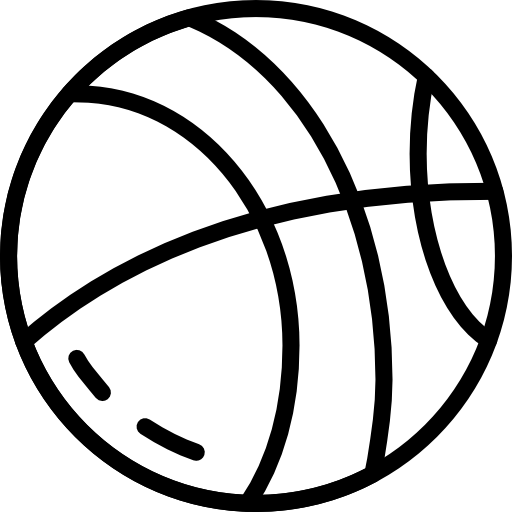
Basketball (篮球 lánqiú)
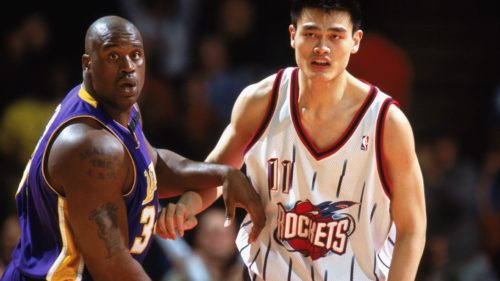
When it comes to the question of “most popular sport in China,” there’s only one other possibility, and that’s basketball. The Chinese Basketball Association (CBA) has estimated that the total number of casual players in the country is upwards of 300 million. Practiced widely across the country, the sport has come to occupy a central position in Chinese athletic culture, with star players such as LeBron James, Yao Ming, and the late Kobe Bryant having become household names.
The top domestic league, the CBA, enjoys high levels of viewership through digital streaming platforms and is quickly developing into one of the leading professional basketball organizations in the world. Propelled by huge levels of investment, the CBA has begun to attract more and more foreign players and coaches in an attempt to ignite enthusiasm and shore up local talent. The most famous of those foreign exports, Stephon Marbury, now coaches the Beijing Royal Fighters.
According to one study surveying Chinese internet users, the NBA is the most watched sports league in the country, even edging out the CBA and CSL. Tech giant Tencent has acquired the exclusive rights to broadcast NBA games through 2024-25 in China, in a deal worth $1.5 billion. The popularity of the NBA has at times been threatened by political tensions between Beijing and Washington, perhaps most notably during a 2019 controversy when Daryl Morey, then the GM of the Houston Rockets, tweeted support for pro-democracy protesters in Hong Kong. But with China serving as the NBA’s largest foreign market, basketball represents one of the most substantial surviving channels for cultural exchange between the two nations. Geopolitics aside, basketball undoubtedly is and will remain one of the most beloved Chinese sporting pastimes.

Volleyball (排球 páiqiú)
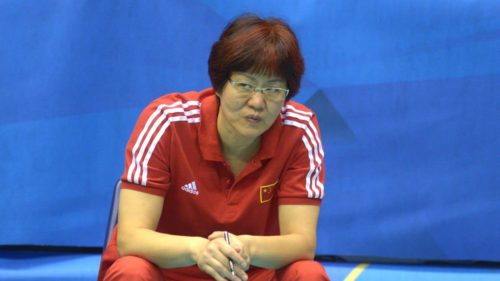
Sporting sensation Lang Ping took China by storm in 1984 when she led her national team to a gold medal at the Summer Olympics in Los Angeles, also picking up an MVP award for the feat. The euphoric underdog story lifted her to the level of national cultural icon and earned her the nickname “Iron Hammer’” (铁榔头 tiě lángtou).
After living for a while in the United States, “Jenny” Lang would coach the Chinese women’s national team from 1995 to 1998, and again from 2013 to present day, leading the team to victory at the most recent volleyball World Cup in 2019. She also served as the head coach of the U.S. women’s national team for several years, including during the 2008 Beijing Olympics, where she was well received by local sports fans.
The success of the Chinese volleyball team on the international stage has inspired a generation of young athletes. Whereas the national teams for more popular sports like basketball and soccer have failed to achieve global elite status, the Chinese women’s volleyball team is a perennial powerhouse in international competitions, ensuring that the sport will remain one of the nation’s most popular and closely-followed for years to come.

Ping pong (乒乓球 pīngpāngqiú)

Known as the “national ball game” (国球 guóqiú), ping pong has had an indelible influence on the historical and cultural trajectory of modern China. Initially conceptualized as a leisurely diversion for wealthy British elites, the game was introduced to Shanghai in the early 20th century, and quickly became a popular pastime within the fledgling Chinese Communist Party. Curiously, this aristocratic activity, which had been brought to China by foreign capitalist profiteers in the heyday of the treaty port era, became wildly popular with Máo Zédōng 毛泽东 and his ilk.
Over the course of the following decades and through to the present day, China has dominated international ping pong competitions. In 1959, Róng Guótuán 容国团 became the first world champion produced by the PRC in any sport. Later, during the tumult of the Cultural Revolution, his playing career was disrupted by dubious allegations of spying, and he tragically committed suicide in 1968 at the age of 30. Today, he is revered as the first in a long succession of international ping pong giants to emerge from China.
Similar to basketball, estimates of the current number of ping pong players across the country exceed 300 million, including around 10 million playing competitively. Contemporary stars of the sport include Mǎ Lóng 马龙 — regarded by many as the best ping pong player ever — Zhāng Jìkē 张继科, and left-handed female champion Guō Yuè 郭跃. China’s top players enjoy passionate support in international competitions, which are closely followed across the country. The Chinese people’s deep historical and cultural affinity for ping pong, as well as their standard-setting talent, warrants its consideration as one of the nation’s most beloved sports.

Honorable mentions:
Badminton (羽毛球 yǔmáoqiú) is another sport which has been dominated by China in recent decades. Invented in British India, the game grew in popularity throughout China during the latter half of the 20th century, and the national team achieved increasing success. Considered the greatest badminton player of all time, Lín Dān 林丹 in 2016 became the first athlete to ever achieve the “Super Grand Slam” by winning all nine major international badminton competitions. Within non-professional settings, the racquet sport is practiced widely across China in schools, neighborhood communities, and amateur leagues.
Running (跑步 pǎobù) in China has experienced a dramatic rise in popularity over just the last few years. The number of official competitive races held within the country now rivals that of more traditional centers of recreational running, such as the U.S. and Japan, with most major Chinese cities now hosting annual marathons. Made more and more fashionable by trendy digital fitness apps and athletic merchandise brands, running is rapidly entering the mainstream as one of China’s go-to sporting pastimes.
Esports (电竞 diànjìng), while its status as a true sport remains contested, has nonetheless been generating huge waves recently. According to some reports, the domestic market for esports exceeded 140 billion yuan ($21.7 billion) in 2020, the same year in which Shanghai hosted the World Championship for the popular video game League of Legends (LOL). (China will host the 2021 LOL World Championship as well, in Shenzhen.) China is leading the way in this novel digital sporting craze, with up to 26% of Chinese internet users now consuming online esports content at least once per month.
